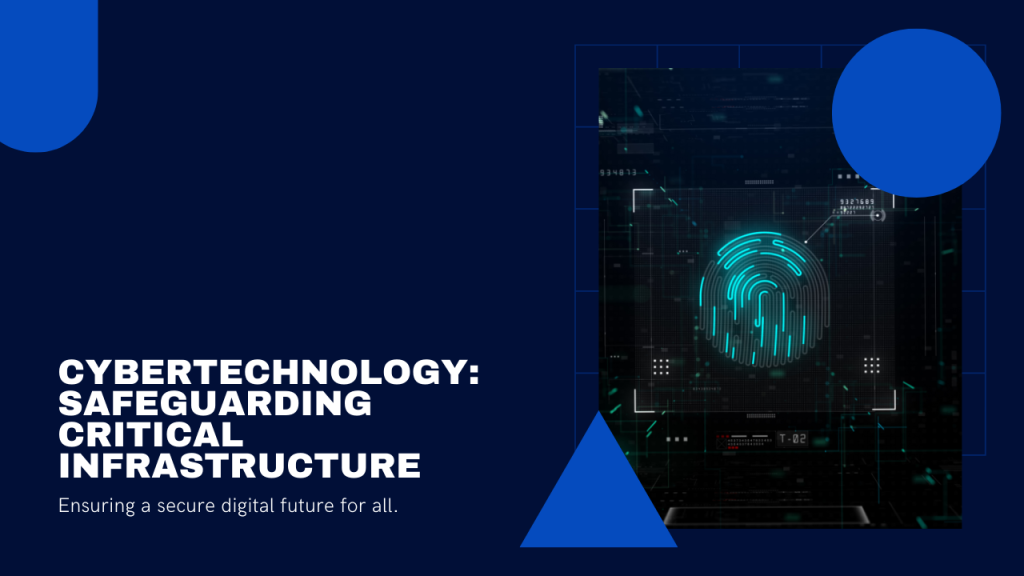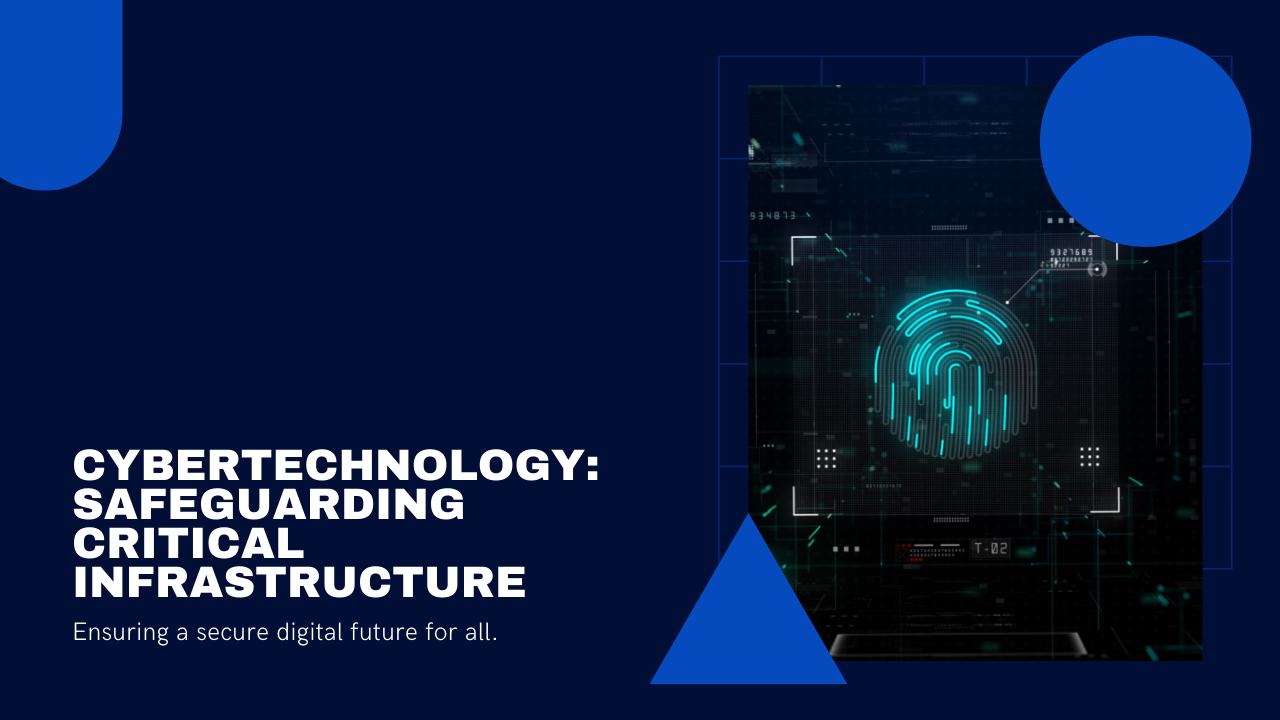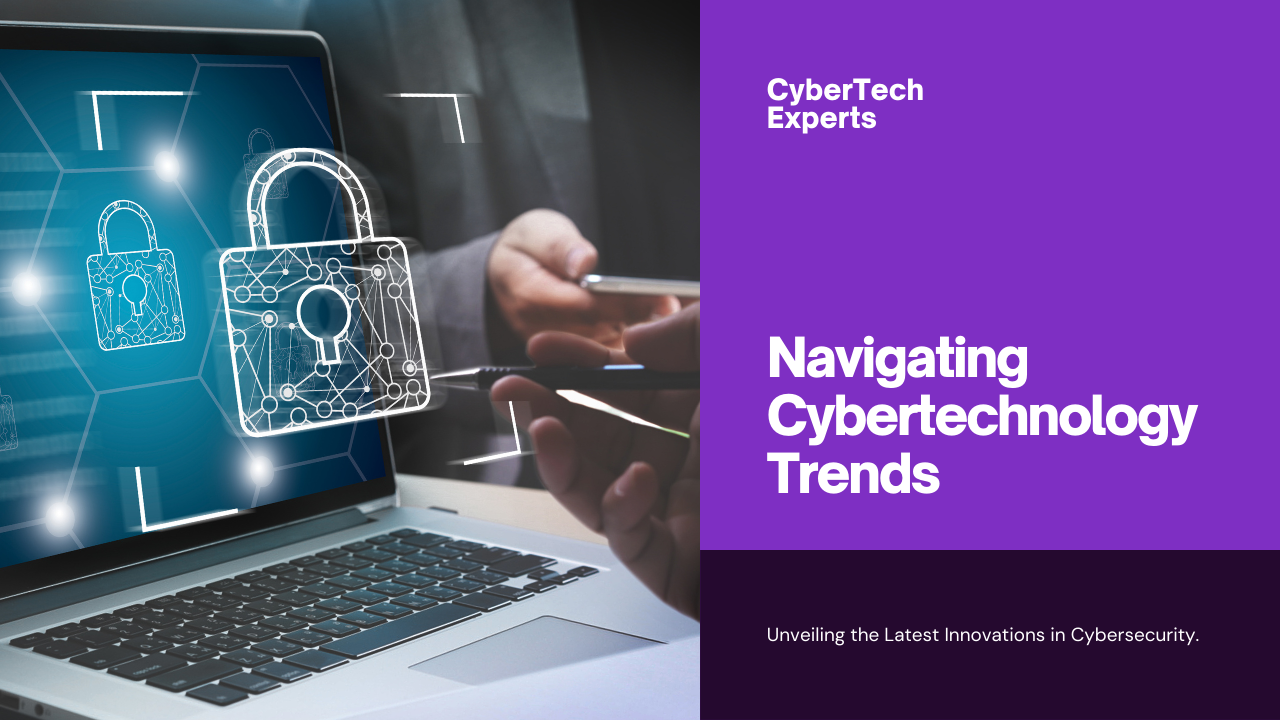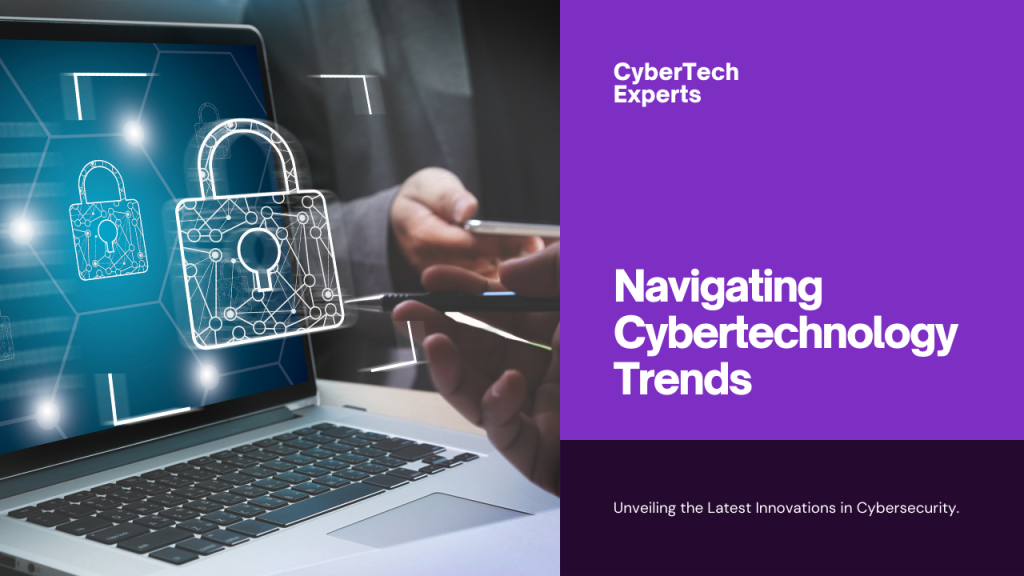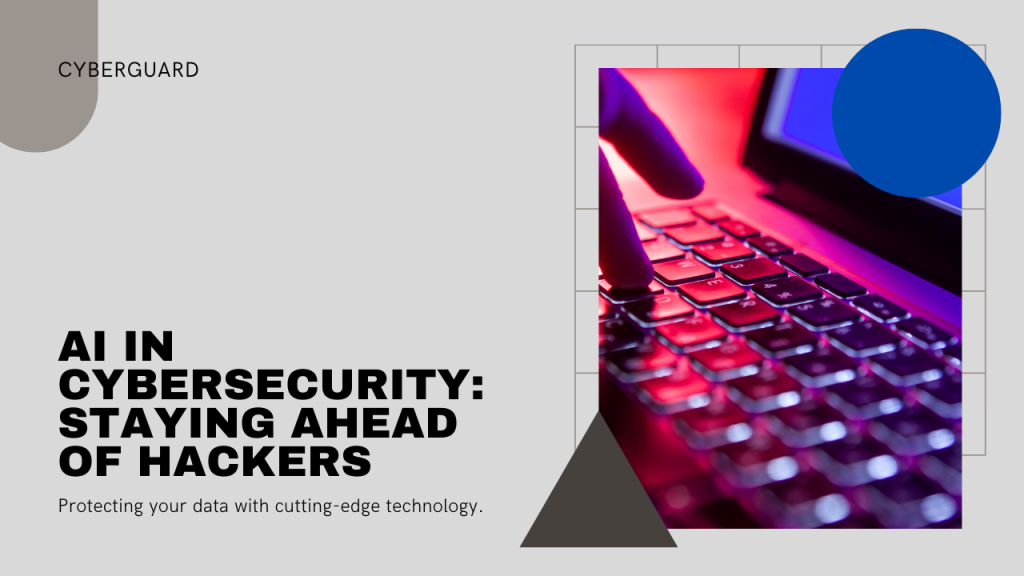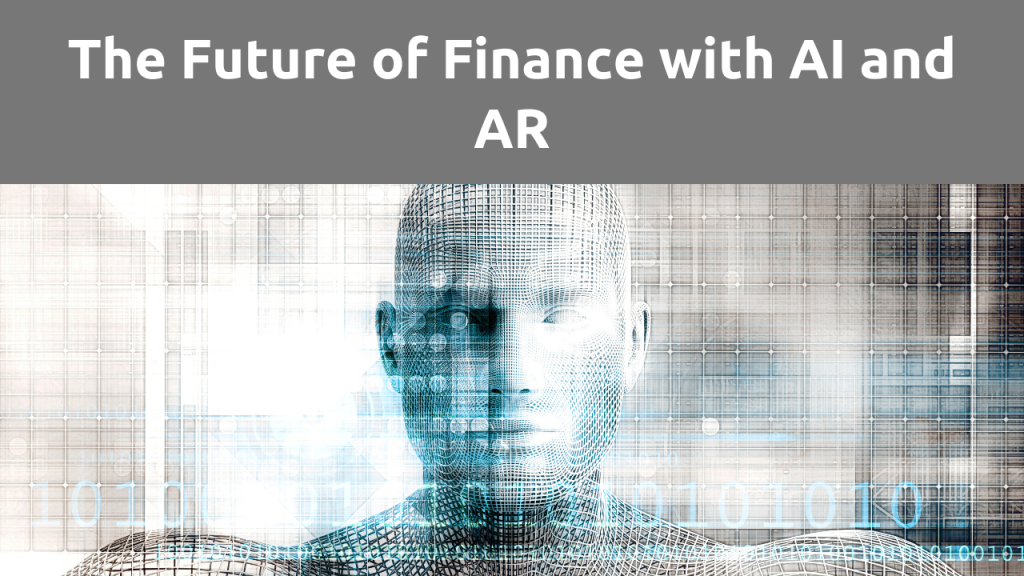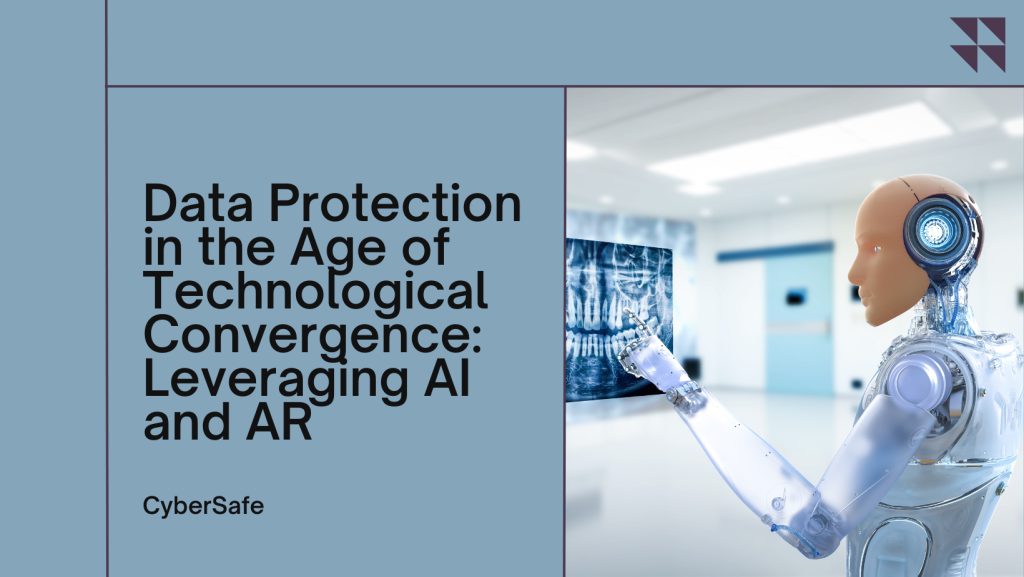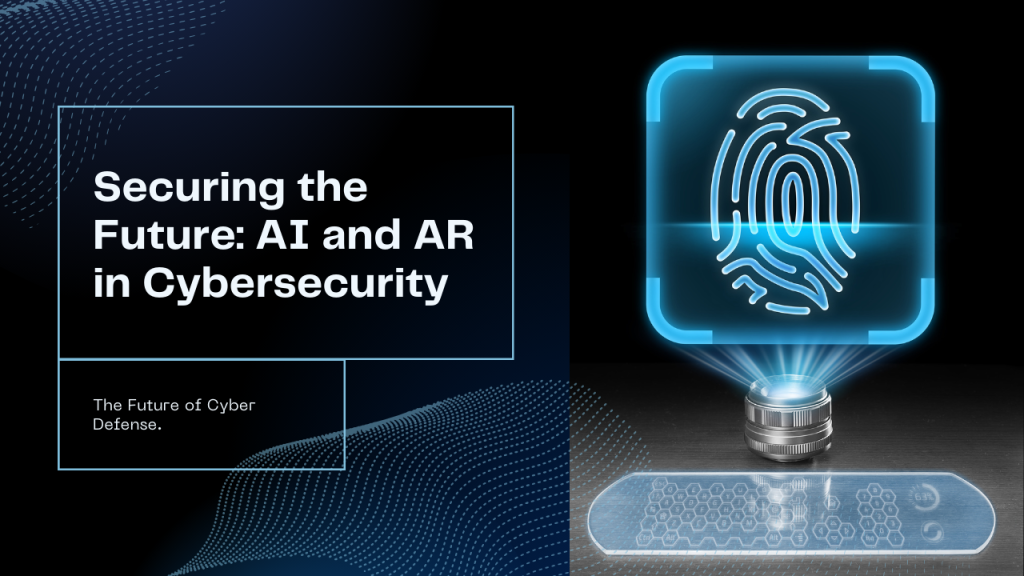In an progressively interconnected world, basic foundation frameworks are getting to be prime targets for cyber assaults, posturing critical dangers to open security, national security, and financial solidness. From control lattices and water treatment offices to transportation systems and healthcare frameworks, the disturbance or compromise of basic foundation can have far-reaching results, making cybersecurity a fundamental concern for governments and organizations around the world.
One of the key challenges in securing basic foundation is the complexity and interdependency of these frameworks, which regularly span numerous segments and depend on interconnected systems and innovations. To address this challenge, governments and industry partners are progressively contributing in cybertechnology arrangements that give real-time perceivability, danger location, and occurrence reaction capabilities over basic foundation divisions.
For case, progressed danger discovery advances, such as interruption location frameworks (IDS) and security data and occasion administration (SIEM) stages, empower organizations to screen arrange activity, distinguish atypical behavior, and react quickly to potential security dangers. Essentially, danger insights sharing activities permit organizations to collaborate and trade data around developing cyber dangers, vulnerabilities, and assault strategies, improving their collective capacity to protect against cyber assaults.
Moreover, the appropriation of secure-by-design standards and cybersecurity benchmarks is picking up footing as organizations look for to construct versatility into basic foundation frameworks from the ground up. By joining security controls and best hones into the plan, improvement, and sending of framework frameworks, organizations can diminish the hazard of cyber assaults and minimize the affect of security episodes on open security and benefit conveyance.
As we see to long haul, the part of cybertechnology in defending basic foundation will proceed to be vital. By contributing in progressed danger location capabilities, advancing data sharing and collaboration, and grasping secure-by-design standards, governments and organizations can improve their cyber flexibility and ensure basic framework frameworks from advancing cyber dangers in an progressively advanced world.
